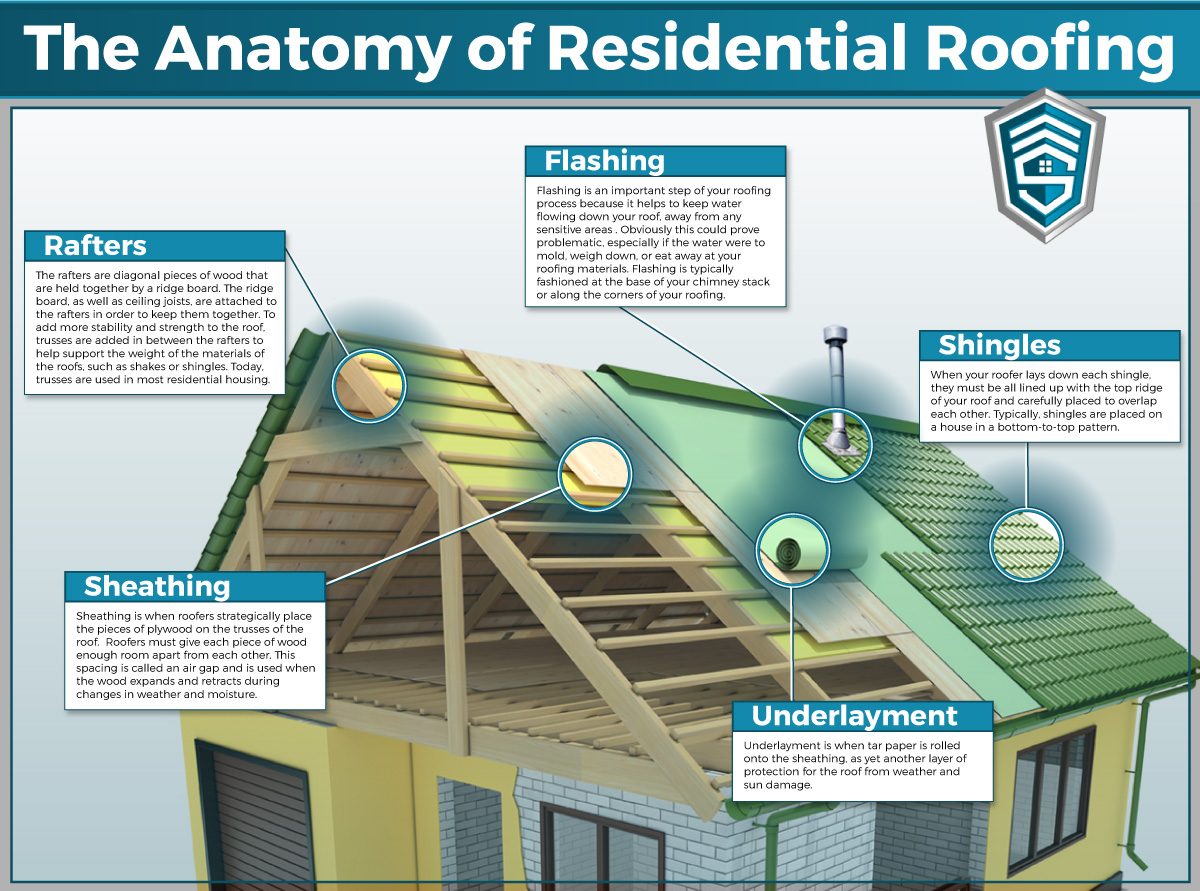Find Out Just How Different Climate Condition Affect Your Roofing System Setup And Ensure A Work Well Done
Find Out Just How Different Climate Condition Affect Your Roofing System Setup And Ensure A Work Well Done
Blog Article
Web Content Create By-Bennett Timm
When it comes to roofing installations, the climate can make or break the job. Envision the frustration of taking care of materials that will not work together because of severe warm or fighting slippery surfaces caused by unexpected rainfall. Understanding the impact of weather conditions on your roof covering job is vital for an effective end result. So, let's discover exactly how a fantastic read can influence the top quality and resilience of your roofing setup, guaranteeing a job well done.
Influence of Temperature on Roof Installation
When it pertains to roof installation, temperature plays an essential function in the process. The optimal temperature for roof covering tasks typically drops in between 45 and 85 levels Fahrenheit. Extreme warmth can trigger materials like shingles to become as well pliable, bring about potential damage throughout setup. On the other hand, chilly temperature levels can make products breakable and susceptible to breaking. It's important to arrange roof covering installments throughout moderate temperature levels to make sure the very best result.
Throughout chillier climate, professionals might need to take additional safety measures such as utilizing heated equipment or enabling materials to warm up prior to setup.
On the other hand, hot weather may need job to be done earlier or later in the day to stay clear of the peak temperature levels. By taking into the san antonio roofing & remodeling san antonio tx and its impacts on roof materials, you can help guarantee an effective installment that will stand up to the components for several years ahead.
Impact of Rainfall on Roof Covering Projects
Roof covering jobs can be dramatically impacted by precipitation, influencing both the timeline and the quality of the setup. Rain or snow can create slippery conditions, making it unsafe for roofing professionals to deal with a damp surface area. Additionally, wetness can endanger the attachment of products like shingles or underlayment, causing possible leaks or problems in the future.
If it rains throughout a roofing job, the water can permeate right into at risk locations, triggering hold-ups as the installment crew have to wait on the roof covering to completely dry before proceeding. Too much moisture can also advertise the development of mold and mildew and mold, further threatening the stability of the roof.
To stay clear of these problems, it's suggested to arrange roof covering tasks throughout drier periods or check the weather report very closely to plan around any potential rainstorms. By taking precautions to work in favorable weather, you can make certain a smoother and a lot more effective roofing setup procedure.
Impact of Wind Speed on Installation Success
Throughout roofing system setup, the rate of the wind plays a critical duty in determining the success of the task. High wind speeds can posture considerable challenges to roofing professionals, possibly resulting in safety and security hazards and quality concerns. When wind rates exceed suggested restrictions, it comes to be challenging to take care of products, raising the risk of crashes and damages to the roof covering materials. Solid gusts can likewise influence the precision of measurements and the precision required for appropriate installment.
To guarantee an effective roof covering setup, it's important to check and take into consideration wind rates. Ideally, roofing system installation ought to happen on days with low to moderate wind speeds. This not just enhances the security of the workers yet likewise boosts the total top quality of the installation.
Roof covering tasks set up throughout calm weather conditions are more likely to be completed successfully and with fewer errors. By taking note of wind speed projections and intending as necessary, you can assist make sure a smooth and effective roof covering installment procedure.
Conclusion
So, when it comes to roof installment, keep in mind to think about the weather conditions to make certain an effective task. Ideal temperatures, completely dry problems, and moderate wind rates are essential factors to focus on for a smooth installment procedure. By arranging your job during the most effective periods and suitable climate condition, you can attain a long lasting and long-lasting roof covering that will certainly secure your home for many years to find.
